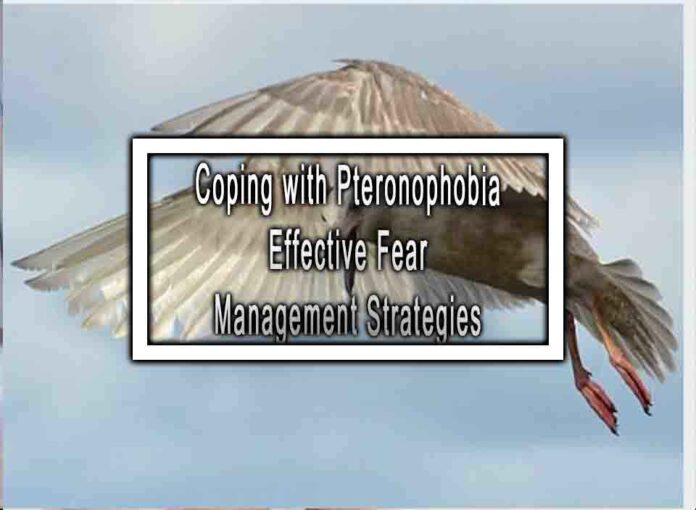Pteronophobia, or the fear of feathers, can be distressing for individuals who experience it. Coping with this fear involves utilizing effective strategies to manage and gradually overcome it. Here are some fear management strategies for coping with pteronophobia:
Education and Understanding:
- Start by educating yourself about feathers, their characteristics, and their harmless nature. Understanding the object of your fear can help demystify it and reduce anxiety.

- Start by educating yourself about feathers, their characteristics, and their harmless nature. Understanding the object of your fear can help demystify it and reduce anxiety.
Gradual Exposure:
- Gradual exposure is a common technique used in treating phobias. Begin by exposing yourself to feathers in a controlled and systematic way. Start with the least anxiety-provoking feathers and work your way up to more challenging ones.
Relaxation Techniques:
- Learn and practice relaxation techniques, such as deep breathing, meditation, or progressive muscle relaxation. These techniques can help you manage anxiety when confronted with feathers.
Positive Visualization:
- Use positive visualization to reframe your thoughts. Imagine yourself calmly interacting with feathers without feeling fear. This can help change your subconscious associations.
- Cognitive Behavioral Therapy (CBT):
- Consider seeking the help of a therapist who specializes in treating phobias. CBT can be highly effective in identifying and challenging irrational thoughts and beliefs related to your fear of feathers.
Desensitization:
- Gradual desensitization involves exposing yourself to feathers in a controlled and safe environment, increasing exposure over time. It can help reduce the fear response.
Support System:
- Talk to friends or family members about your fear. Having a support system can provide emotional support and encouragement as you work on managing your phobia.
Self-Help Techniques:
- Learning relaxation techniques, mindfulness, and stress-reduction strategies can help you manage anxiety related to pteronophobia.
Seek Professional Help:
- If your pteronophobia significantly interferes with your daily life or causes severe distress, consider consulting a mental health professional. They can provide tailored treatment options, including therapy and, if necessary, medication.
Medication:
- In some cases, medication may be prescribed by a psychiatrist to help manage symptoms of anxiety associated with pteronophobia. This is typically considered when other treatments have not been effective or the phobia is severely impacting your life.
Gradual Exposure at Your Own Pace:
- You can control the pace of your exposure to feathers. Don’t rush the process; take small steps and gradually increase your comfort level.
Create a Safe Space:
- Designate a safe space in your home where feathers are not allowed. Knowing you have a sanctuary can provide a sense of security.
Remember that overcoming a phobia, including pteronophobia, takes time and persistence. Progress may be gradual, but with the right strategies and support, it is possible to manage and reduce your fear. Be patient with yourself and celebrate small victories along the way. If your fear is significantly affecting your life, don’t hesitate to seek professional help for guidance and treatment.











